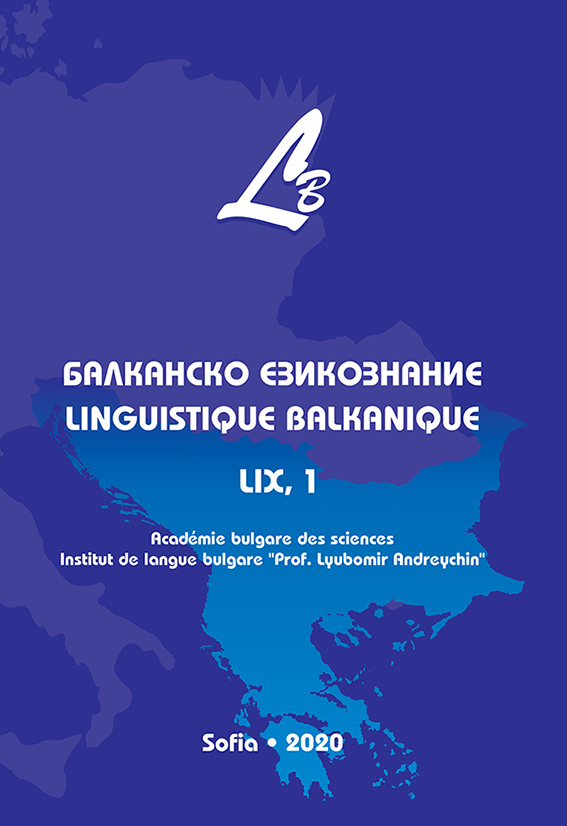
We kindly inform you that, as long as the subject affiliation of our 300.000+ articles is in progress, you might get unsufficient or no results on your third level or second level search. In this case, please broaden your search criteria.

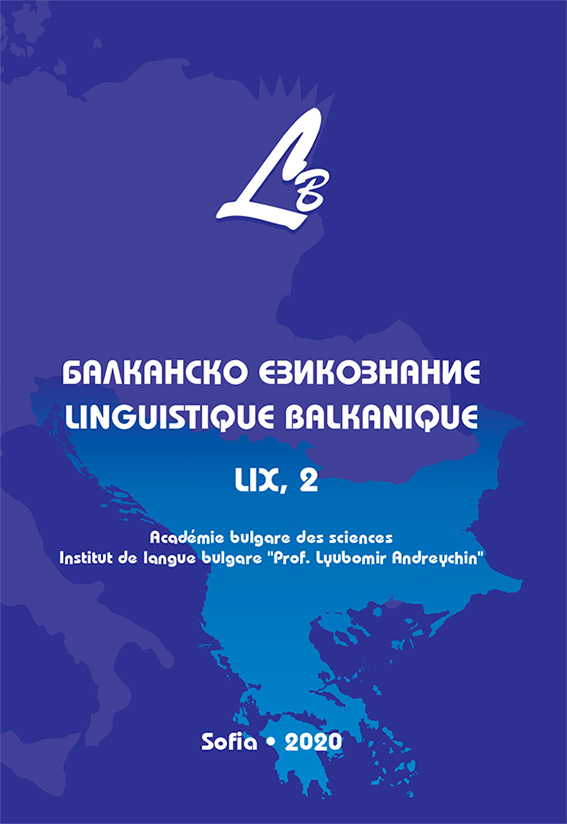
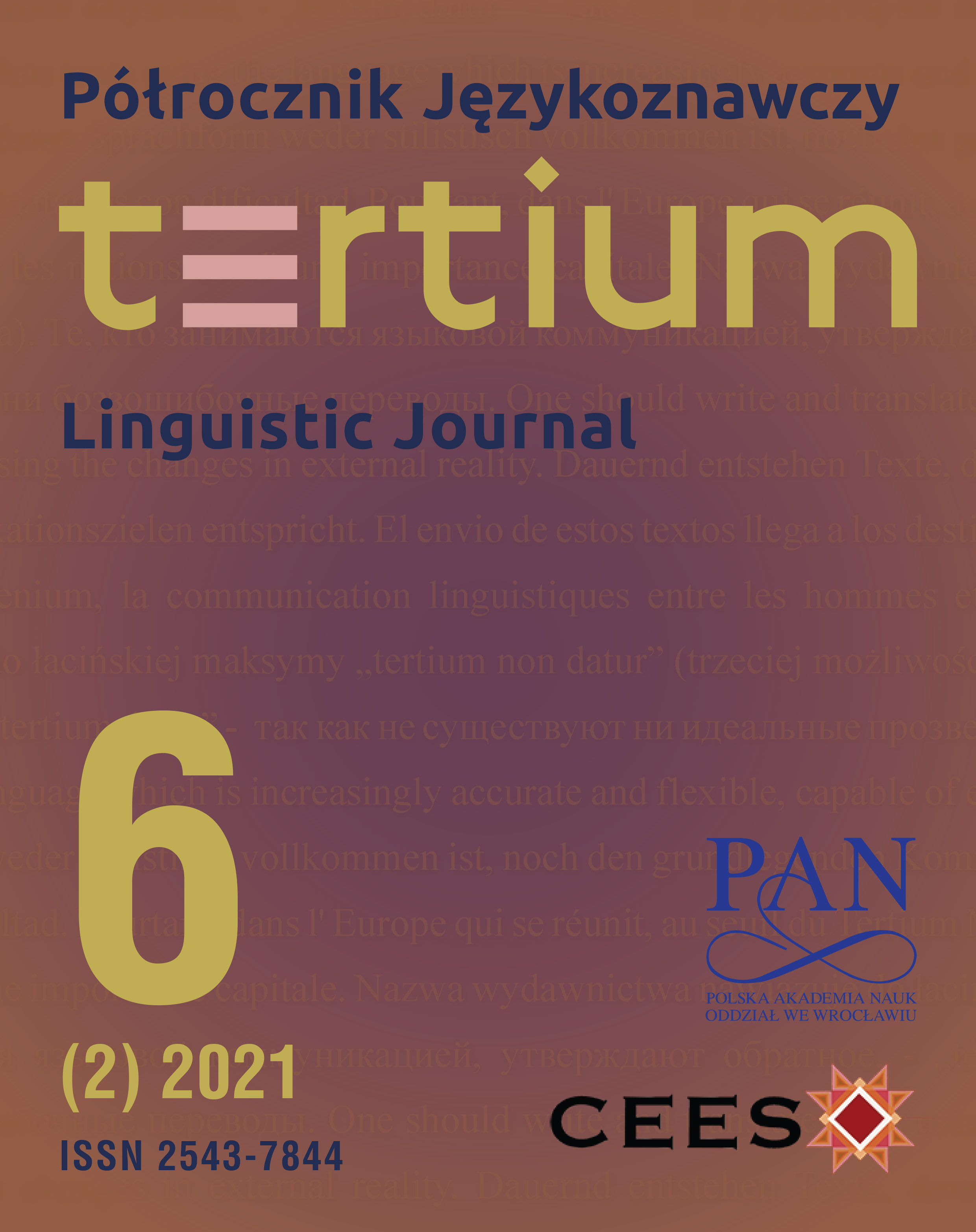
The paper attempts to analyse the international success of the Danish televisual series Rita (TV2 Denmark - Netflix, 2012–2020). It places the production in a wider cultural and historical context and treats it as an exemplification of, what the author deems, a recent shift in representations of teachers in visual media narratives. The author’s argumentation is premised on three principal assumptions. First, Rita demonstrates that after the genre’s decline at the turn of the twentieth century, the school-centred audio-visual narratives are back in favour. The trend is connected to the growth of the post-network television and the so-called over-the-top services (OTT). Second, the substantial part of Rita’s wide appeal is related to the show’s innovative application of the conventions known from the earlier Scandinavian productions and themes from serials about “difficult women”. This particularly concerns the show’s adept exploration of the resilient and anti-heroic female lead character. Third, Rita is regarded as an early indication of the shift in the ways school life and teachers are represented in the media today. The author stipulates that the show may augur the emergence of many similar complex televisual images of teachers in the near future.
More...
Obiektem bliższej obserwacji w niniejszym artykule jest językowa analiza niemieckich kawałów (dowcipów) jako krótkich form humorystycznych, w szczególności analiza zawartych w nich „nieporozumień” językowych, które są strategicznym wyróżnikiem gatunkowym tych tekstów. Ich głównym zadaniem jest zażartowanie z kogoś i rozśmieszenie innych. Przeprowadzona analiza lingwistyczna „nieporozumień” językowych porusza różne aspekty komunikacyjne osadzone w perspektywie społecznej: zarówno pragmatykę komunikacji międzykulturowej, kreatywność w komunikacji wewnątrzkulturowej, jak i humor w kulturze i komunikacji. Materiał badawczy wykorzystany do niniejszej analizy tworzy korpus utworzony z ponad 400 niemieckich kawałów pochodzących z różnych źródeł, w większości zaczerpniętych ze zbiorów internetowych. Celem niniejszego opracowania jest zaprezentowanie różnych perspektyw badawczych i analiza językowych mechanizmów służących tworzeniu „nieporozumień” językowych na podstawie wprowadzonych 13-tu kategorii opisujących bliżej gatunek tekstu ‘kawał’ z uwzględnieniem niemieckiej specyfiki kulturowej. // The main subject of this article is the linguistic analysis of German jokes as the short humorous formats, emphasis is placed on the analysis of various language-related “misunderstandings” found in these jokes, whose are strategic genre differentiator of these texts. Their main function is to make fun of someone and to make others laugh. The analysis of these language-related “misunderstandings” raises various communicative issues that are rooted in the social perspective, such as: pragmatics of intercultural communication, creativity in intracultural communication, or humour in culture and in communication. The research material used for this analysis is composed of over four hundred German jokes coming from various sources, with the largest number of texts from internet sources. The aim of this publication is to present various research perspectives and to analyse linguistic mechanisms used in the creation of language-related “misunderstandings” on the basis of thirteen categories that describe the genre ‘joke’ considering the German cultural specificity.
More...
Celem artykułu jest analiza treści (postów, memów) publikowanych przez administratora społeczności wirtualnej „The Language Nerds” w serwisie społecznościowym Instagram, a także wybranych, powiązanych z nimi komentarzy zamieszczanych przez członków społeczności zarówno na Instagramie jak i Facebooku. Badanie jest próbą odpowiedzi na pytanie, jakiego typu treści stanowią zasadnicze spoiwo grupy. W tym celu dokonana została klasyfikacja postów w oparciu o wyróżnione w procesie ich kreowania dominanty funkcjonalne. Wyodrębniono sześć zasadniczych klas: 1. memy o dominującej funkcji humorystycznej, 2. zagadki logicznojęzykowe, 3. posty kreowane w oparciu o specyfikę obrazowania pojęć w danym języku (językowy obraz świata), 4. posty o dominującej funkcji metajęzykowej, 5. posty o dominującej funkcji prezentatywnej (charakteryzujące prototypowego członka grupy własnej), 6. posty o charakterze wypowiedzi argumentacyjnych. Następnie każda z klas została szczegółowo opisana i zilustrowana wybranymi przykładami spośród 220 przebadanych postów. Zawartość treściowa wszystkich wyróżnionych klas wskazuje, że zasadniczym czynnikiem integrującym społeczność jest język, przy czym istotna jest wykazana w badaniu różnorodność perspektyw jego wykorzystania jako narzędzia konstruowania tożsamości członków społeczności. W świetle przeprowadzonej analizy statystycznej największą rolę w generowaniu homogeniczności grupy odgrywa humor językowy. // The aim of the article is to analyse the content (posts, memes) published by the administrator of the virtual community „The Language Nerds” on the social networking service Instagram and also selected related comments posted by the members of the community on both Instagram and Facebook. The study addresses the issue of what kind of content serves to build up the integrity of the group. For this purpose a classification of posts was made with regard to the functions dominating in the process of their creation. Six major classes were identified: 1. memes with humour as the dominant feature, 2. logico-linguistic puzzles, 3. posts created on the basis of how notions are conceptualized in a particular language (Linguistic Worldview), 4. posts with a dominant metalinguistic function, 5. posts in which the function characterizing a prototypical member of the ingroup prevails, 6. posts fashioned as argumentative statements. Subsequently, each class was described in detail and illustrated with examples selected from the set of all of the 220 analysed posts. The content of all the classes distinguished in the research indicates that language is the central factor integrating the community, but – as shown in the study – no less significant is the diversity of focus on the particular aspects of language and its use that serves as a tool for constructing the social identity of the community members. The statistics obtained indicate that it is linguistic humour that plays the most important role in generating group homogeneity.
More...
In recent years, approaches to audiovisual translation and media accessibility services have shifted from serving one group of viewers only towards a more universal design that takes into account a wider range of users. In line with that approach, some scholars point out, for example, that subtitling for the deaf and hard of hearing (SDH) or accessibility applications created with the blind and partially-sighted in mind could prove beneficial to senior citizens. This group of viewers is likely to experience age-related sensori-motor and cognitive decline, which may significantly influence their film-watching experience as well as their preference for an AVT method. As populations in many countries are aging, senior citizens might be considered an important part of potential cinema clientele. Unfortunately, since studies in AVT have concentrated on younger audiences, little is known about senior citizens’ specific preferences concerning audiovisual translation. The objective of this article is to briefly characterise senior citizens as recipients of audiovisual translation and discuss the possibilities for future studies on the subject.
More...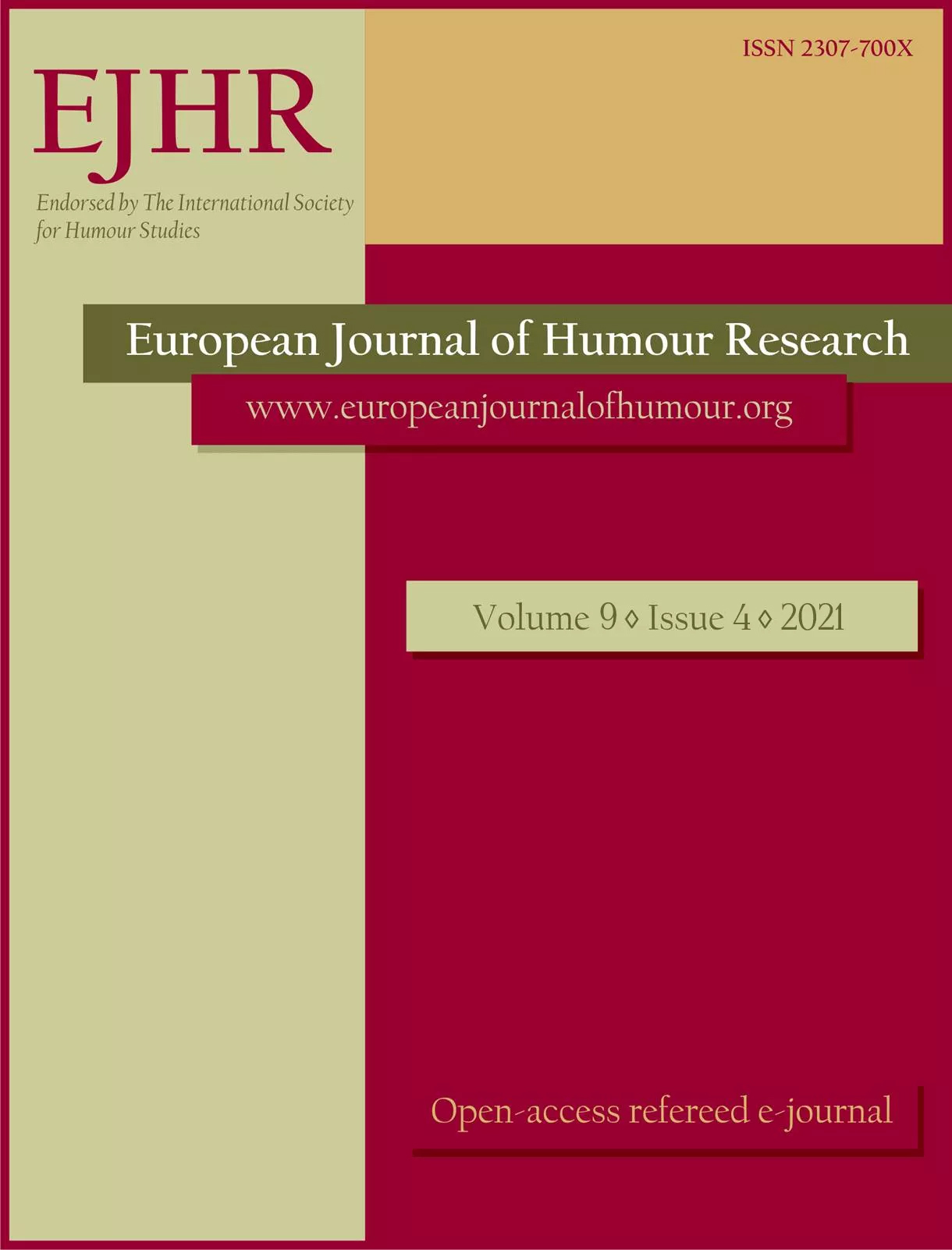
There is an ample evidence supporting the benefits of instructional humour, including increased attention and interest, information retention and learning speed, more productive learning environment, a more positive image of the instructor, more efficient acquisition of linguistic and cultural competencies, an increased conversational involvement, enhanced cultural awareness and more stimulated critical thinking. However, most of the research findings rely on what is termed appropriate humour, such as puns, jokes, anecdotes, and alike, while potentially offensive humour that relates to sexual, ethnic, religious, and political identity is generally labelled inappropriate and advised to be avoided in the classroom. It is in this particular context that this study seeks to test the potential of such humour, sexual and ethnic in particular, to act as a tool of increasing cultural awareness and stimulate critical thinking among university students. To do so, the study relies on an experimental class design combining in-class and extracurricular activities created by using sexual and ethnic humour samples.
More...
Political cartooning was one of many cultural products that colonial rule introduced to India. This British legacy has been used to produce narratives about the nature and history of Indian cartooning. However, these narratives have, invariably, overlooked the distinctly Indian cultural ethos as well as the Indian satirical tradition. This paper proposes an alternative model by positing that in the Indian satirical tradition, the Vidusaka – the comic figure in Sanskrit drama - has been an antecedent to the political cartoonist in terms of social and political roles, as well as in the nature and the purpose of the humour. The paper also locates the principles of caricaturing in precolonial Indian visual arts, and presents the early vernacular cartoons as the point of convergence between the local satirical tradition and the Western format of the political cartoon which laid the foundation for a modern yet specifically Indian sensibility.
More...
As Chinese people engaged with the Australian cultural scene in recent years, two posts about its humour attracted considerable attention from netizens in the People’s Republic of China. The post authors believed that their firsthand accounts of events demonstrated how Australians used humour to overcome awkward situations and regarded this as an essential national characteristic. In each case, other interpretations were possible if cultural factors had been taken into account, including the contemporary culture of China, Putonghua language usage and the Anglo-centrism that is common to cross-cultural studies. This exploratory generalist textual study concludes that the authors’ interpretations were largely determined by their cultural bias and by traditional regard for ‘face’ and politeness, and reflect the fact that, ultimately, the extent of cross-cultural communication is governed by international politics.
More...
‘Dame Edna Everage’, a persona originally created by the Australian comedian Barry Humphries in 1955, is a character designed to simultaneously shock and amuse. Dame Edna voices (and satirizes) the discourse of ‘average’, older, politically conservative Anglo- Australians who feel compelled to ‘tell it like it is’ – no matter how offensive their opinions might be. In the Anglosphere, Edna’s humour is well understood and sustained international success has followed Edna for more than 60 years in Britain, Canada, the US and Australia. However, Edna occasionally misfires. In 2003, for instance, Edna’s satire outraged Latinos across the USA, in fulfilment of Poe’s Law (Aikin, 2009). Simply put, Latinos assumed that Edna’s comments satirising negative mainstream attitudes towards them were expressive of Edna’s authentic racism. This paper investigates the Edna joke in the overall context of failed humour and then specifically for the offensiveness it generated amongst the Latino minority in the United States. It then tests whether this reaction was the result of a discursive frame specific to the US context, by conducting an exploratory study amongst a small sample of highly educated Australian bilingual Latin American immigrants and their adult children, to see whether they thought Edna’s joke was funny. These Australian individuals of Latin American heritage responded via an online questionnaire, and an analysis of their responses is presented here. The study’s main finding is that while these individuals generally demonstrated a high comedic literacy across both English and Spanish, including a prior awareness of Edna’s and Australian humour, they overall rejected the intention and humour of Edna’s joke. This paper asserts that, when it comes to humour, some transnational migrant speech community loyalties transcend other notions of identity and language competence.
More...
This commentary aims to take up the gauntlet thrown down by Dore (2019) with her article about multilingual humour in the Italian dubbed version of the series Modern Family. She suggested that the scenes included in the article could be analysed in other languages, so it was an interesting proposal to carry out the analysis of the Spanish dubbed version, since the L2 in the source text coincides with the target text language. Thus, this fact makes the translation process an arduous activity in these language combinations. Multilingualism is therefore considered the central element in this study. It is a reflection of the current social movement and the increase of multi-ethnic communities worldwide. This fact leads to citizens who use their knowledge to assert their own identity; as a consequence, audiovisual producers are also aware of this situation and exploit this phenomenon. Modern Family is an example of this reality and introduces characters, like Gloria Delgado-Pritchett, as a role model to show an increasingly common tendency, the use of multilingual and multi-ethnic characters that reflect this new social situation. Thanks to the selected examples, we will see whether the use of multilingualism as a source of humour is also transmitted to the Spanish dubbed version, as it did in the Italian dubbed version studied by the abovementioned scholar.
More...
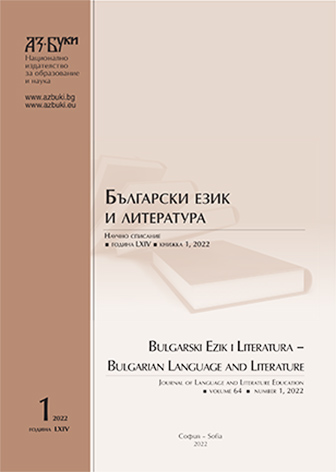
The text discusses one of the many applications of medical translation, namely its ability to translate knowledge. In this sense, it is directly related to the theme of the future and development of transhumanism. This particular article discusses some of the mainstays of transhumanism that affect medicine - the idea of genetic enhancement and the technologically determined evolution of individuals, futurological utopias and anti-utopias, and debates surrounding immortality.
More...
The article is a thematic review of the seventh volume of „Тhe Responsibility to Language“ series, published by the Department of Bulgarian Language at the University of Shumen “Bishop Konstantin Preslavski”. The included materials are dedicated to the 90th anniversary of Corresponding Member Prof. Dr. Todor Boyadzhiev, Rector and Doctor Honoris Causa of the University of Shumen. Compilers and scientific editors are Dimitar Popov, Velka Popova, Kalina Yocheva, Aneta Tihova, Ani Angelova, Irina Ivanova. The publication includes scientific works of Bulgarian and foreign linguists.
More...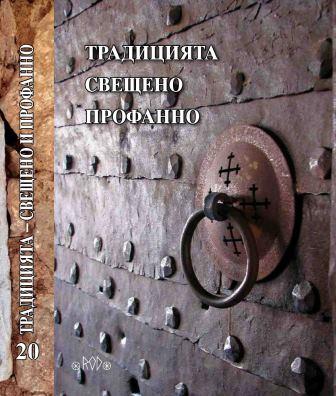
The article discusses a number of set phrases incorporated in the text of the Bible. The author focuses on the history of the units: a heart of stone, an eye for an eye, and to hide one’s light under bushel. The different traditions and the primary contexts in which they were initially used are shown and also some of the most significant transformations of their meanings up to the present day were analysed. Although their antiquity supposed only hypothetical findings, the discussed connections with ancient cultures pile specific connotations on their meanings.
More...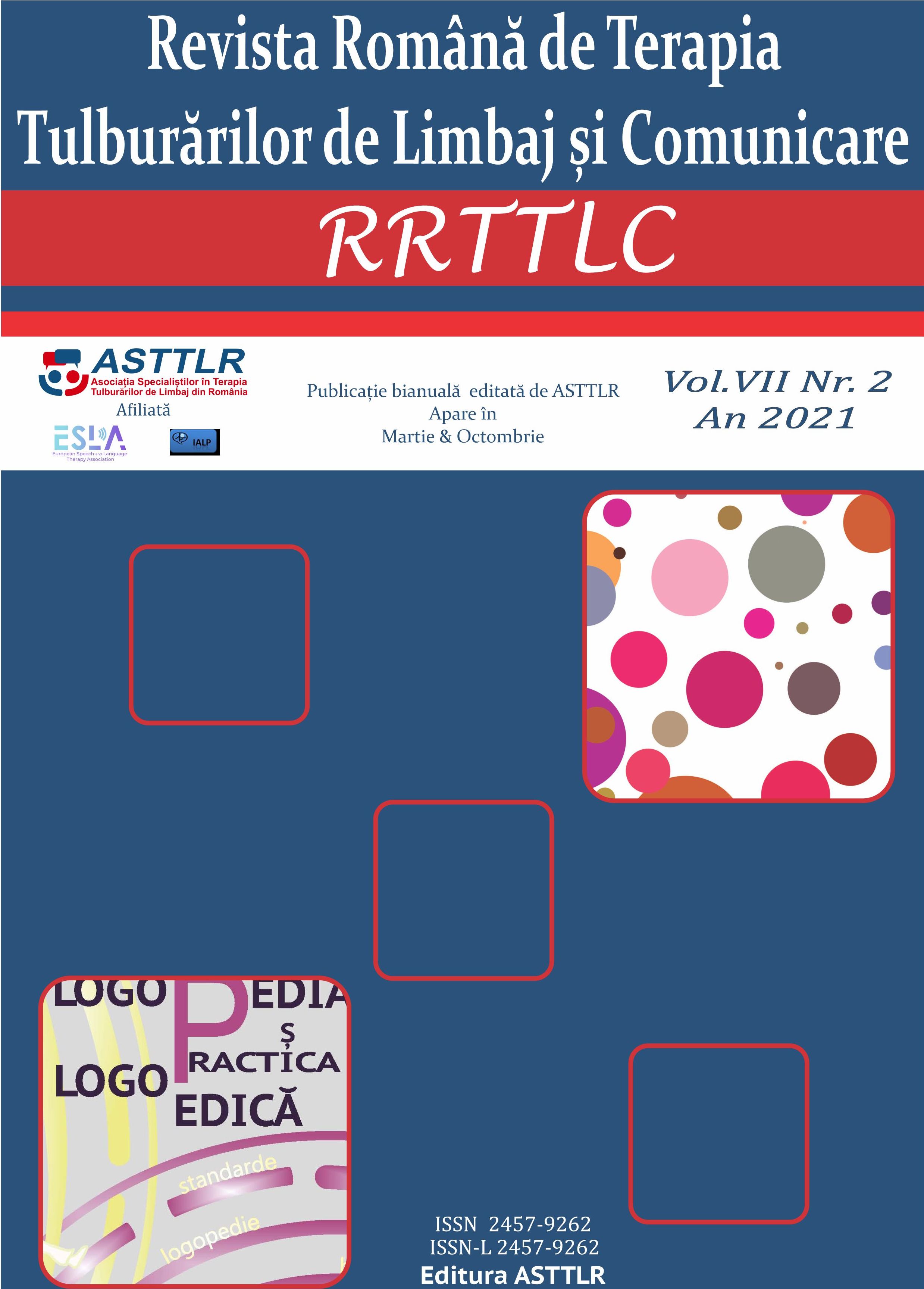
The purpose of this article is to highlight the importance of using three functional measures: Auditory Developmental Scale (0-6 years), Caregiver Intake Interview, and Infant-Directed Speech Checklist in SLT. In the first part of this article, the authors discuss the purpose and advantages of using these instruments in SLT practice. In the last part of this article, the Caregiver Intake Interview and the Infant-Directed Speech Checklist are presented in two languages, English and Romanian.
More...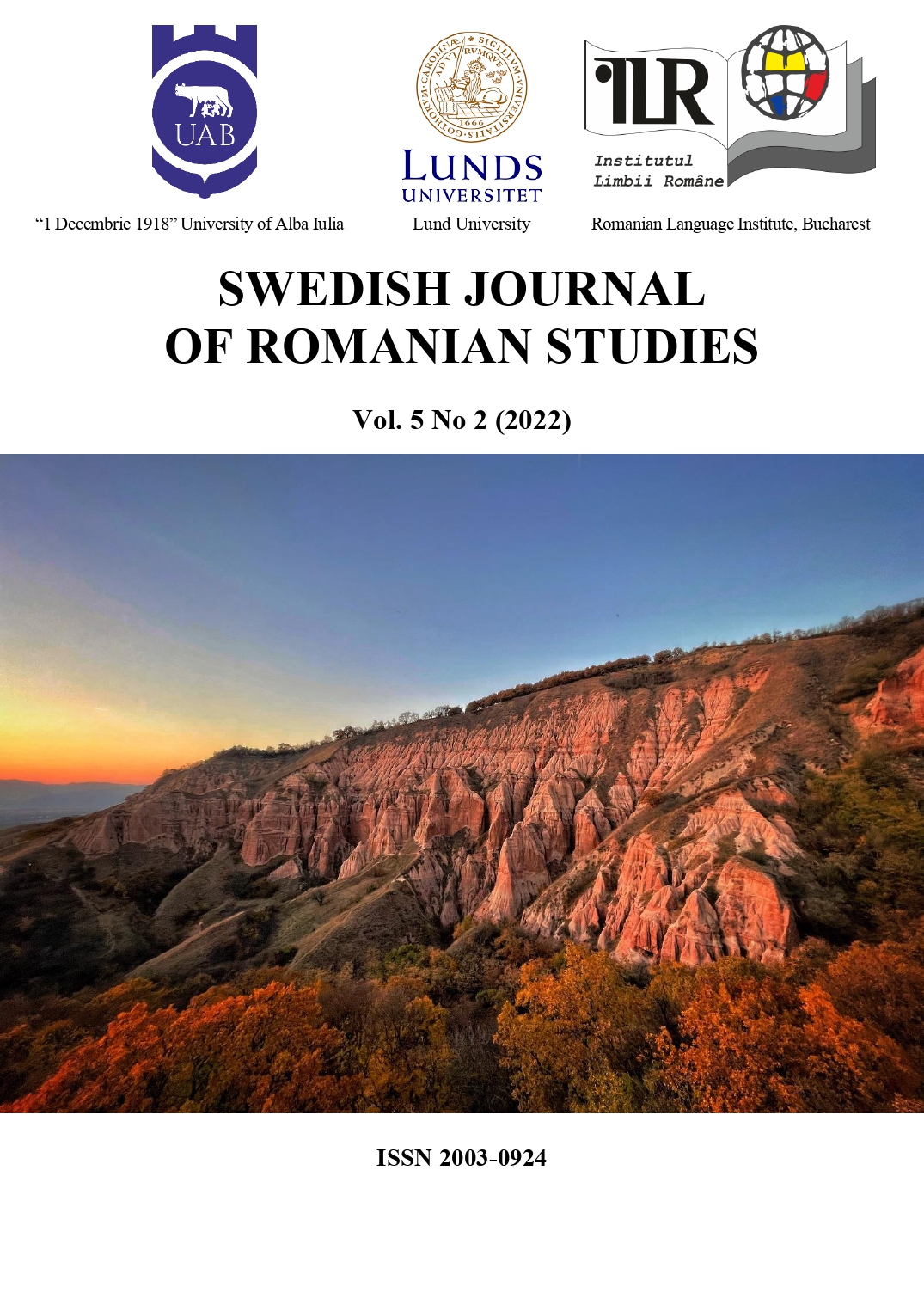
These days, writing about untranslatability may seem courageous, as more and more voices associate this issue with translation incapacity and, instead, advocate for creative remedies or even reject such an instance. This study does not deal with a contemporary novel, nor does it have to do with a powerful textual space. However, we believe that translation theories mainly focus on analyses of a certain category of languages, and raise questions of discrepancies between subordinate and dominant cultures, a tendency which derives from the proneness of the international publishing industry to favour certain languages and types of writing. We are not aiming for a debate around the subject of publishing politics or endeavours, but rather we try to cast some light on the ambitious project of rendering vernacular into a powerful language. This paper deals with the work of a great Moldavian storyteller who contributes significantly to the enhancement of expressiveness through linguistic characteristics that occur informally. We hypothesise that the vibrant vernacular writing “Memories of my boyhood” creates potential instances of untranslatability, due to significant differences between the Romanian variety and English, not necessarily in the linguistic inventory but rather in the cognitive structures of the readership. Therefore, the case study focuses on how source text and target text readers infer meaning from interjections and terms of address, originally belonging to the Moldavian modes of expression. Although the translators re-create these short utterances, due to a lack of a similar background from the part of the receiving culture, we witness a limitation on conveying their original intentionality, emotion and plethora of meanings.
More...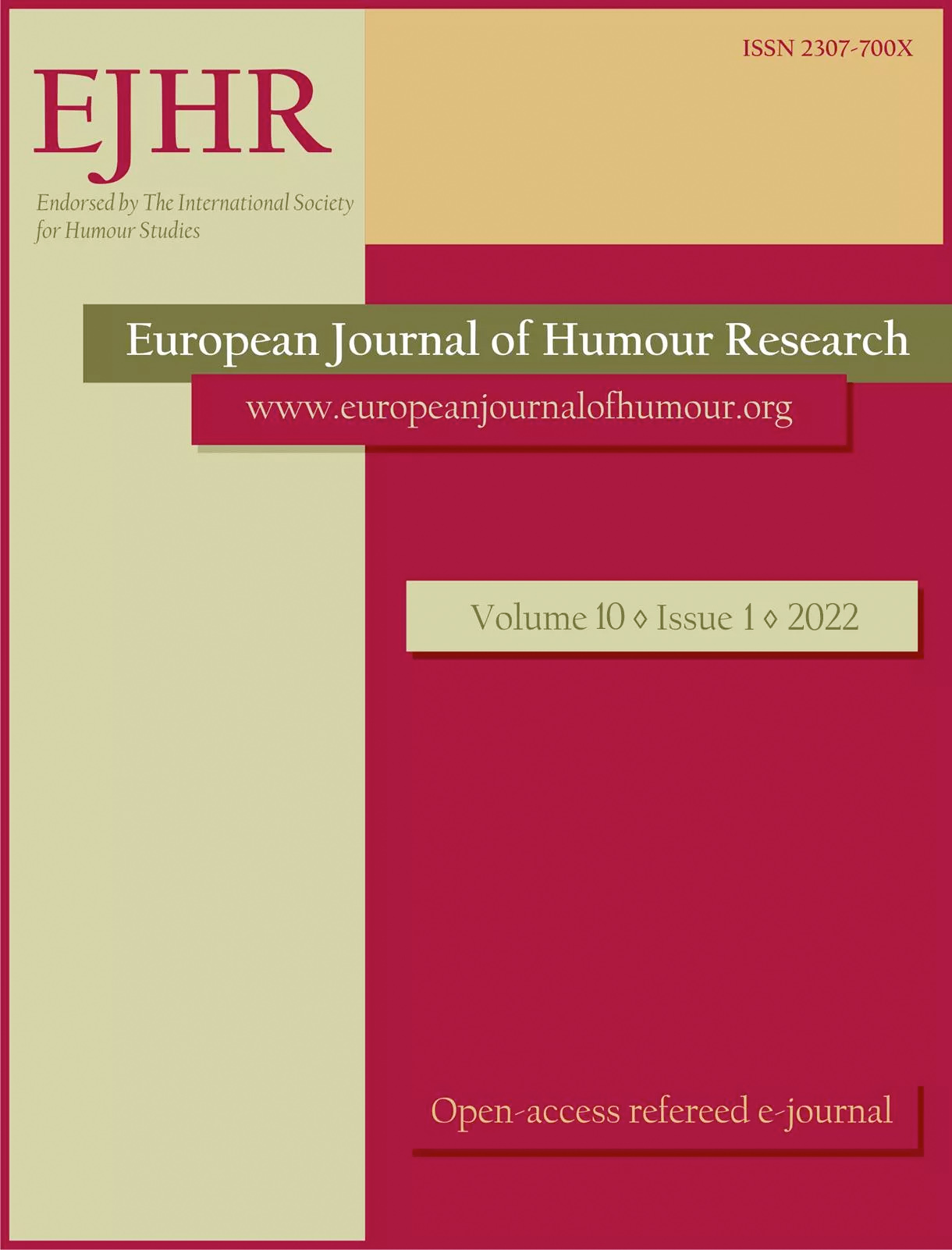
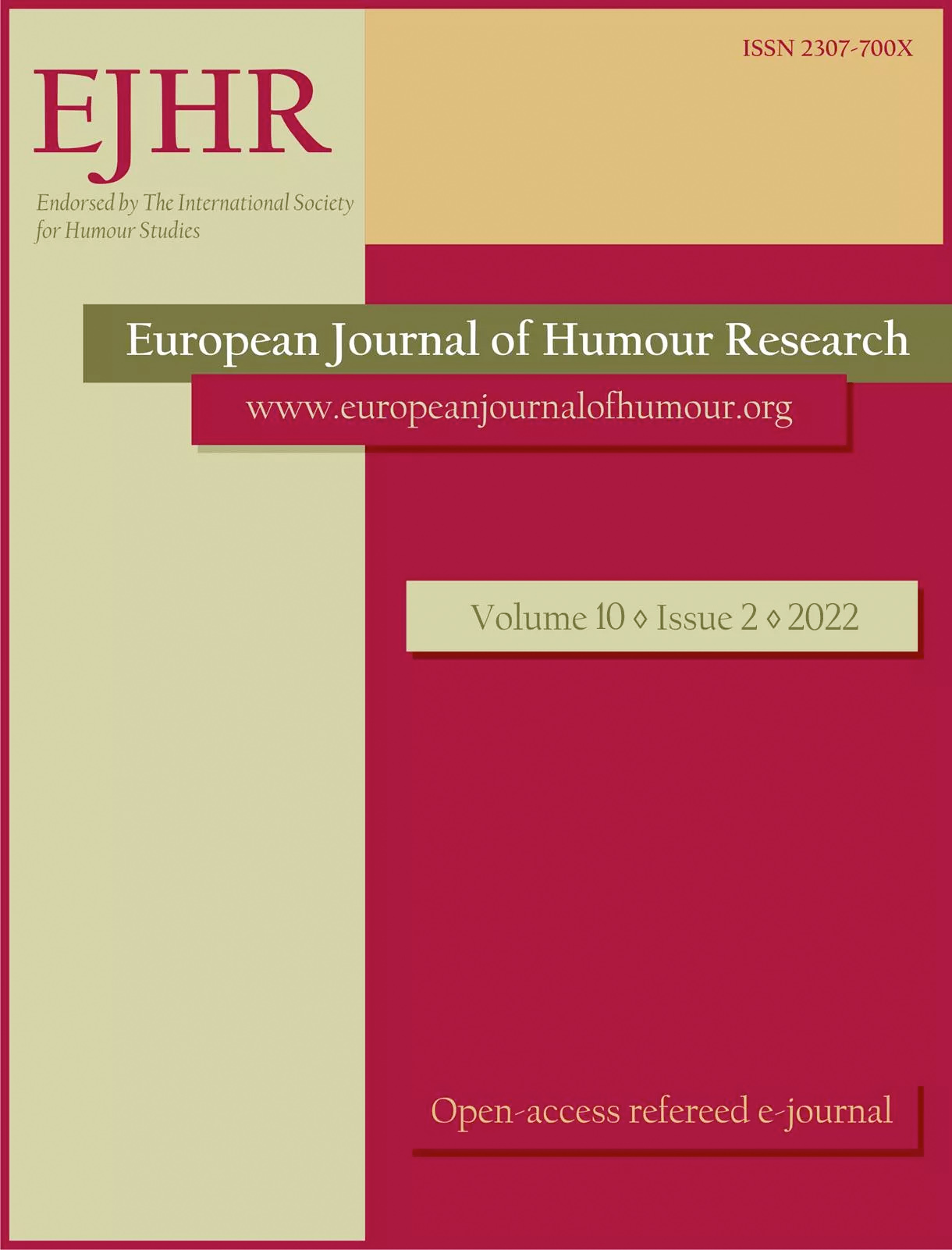
This study examines the use of online humour in a subversive local community Facebook group set up in 2017 by disgruntled members banned from a similar group “in opposition to [the original group’s] arbitrarily-applied rules, [its] enforced happiness, and [its] suppression of any post that isn't about giving away lemons or asking to borrow small appliances”. The dissatisfaction with the guidelines and the administration of the original Facebook group provides rich material for humorous posts in the new group, many with varying degrees of aggression directed at the founder and certain members of the “Dark Side”, as the original group is frequently referred to. This article will demonstrate how the use of humour in this new rival Facebook group is used for the purposes of inclusion and exclusion, and how it contributes to a sense of belonging in this online community of practice (Lave & Wenger 1991) created by a small group of selfdeclared dissidents. It will be shown how the humour shapes the identity of the group through the members’ shared ideologies and beliefs (Tanskanen 2018), and how the humorous messages intended to denigrate and belittle the “Dark Side” reinforce unity among the group members, since the feeling of superiority over those being ridiculed coexists with a feeling of belonging (Billig 2005). Fifteen single comments or multi-post threads were chosen for analysis. These appeared during the first twenty months of this rival group’s existence, and included primarily affiliative and/or aggressive humour (Meyer 2015) directed at the original group. The analysis was carried out using elements of computer-mediated discourse analysis (Herring 2004), and an insider participant-observer online ethnographic approach. The examples chosen illustrate how the humour is used to unite the members of this subversive group by dividing them from the original one, to create the joking culture (Fine and de Soucey 2005) of the new group, and in so doing, creates and sustains the members’ shared identity as irreverent breakaway troublemakers.
More...